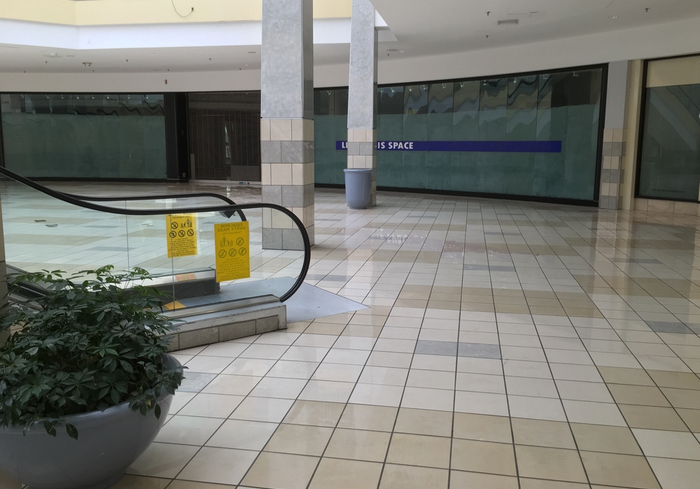Mall Vacancy Rate Hits Highest Level Since 2012

The vacancy rate at malls around the country hit 8.6 percent in the second quarter, marking the highest level since back in 2012 when the U.S. was crawling out of the last recession.
According to a report in The Wall Street Journal, citing data from Reis, the real estate research firm, in the first quarter the vacancy rate stood at 8.4 percent. In the third quarter of 2011, the vacancy rate reached 9.4 percent, noted The Wall Street Journal. The decline in shopping at brick-and-mortar stores is impacting the entire industry and creating vacancies all around the country. The Wall Street Journal pointed to open-air shopping centers for one example. The vacancies have increased during the last quarter in 55 of the 77 metropolitan areas that Reis looked at. For strip malls and community shopping centers the impact of eCommerce had been particularly damaging, with The Wall Street Journal reporting that around 3.8 million square feet of space was emptied from April to June, which increased the vacancy rate to 10.2 percent. But it’s not just the retailers that are taking a hit from the vacancies in community shopping centers and strip malls: local governments need retailers to generate tax revenue and to create jobs.
The vacancies are being impacted by the move on the part of big-name retailers to reduce their store numbers during the past few years. The Wall Street Journal pointed to Bon Ton Stores, Sears Holdings and J.C. Penney Co. as a few retailers that have been shuttering stores and lowering their physical footprint. Meanwhile, last week Toys R Us closed its stores after failing to survive via a restructuring. It had close to 800 stores around the U.S. In addition to store closings, new shopping centers built up during the years ahead of the 2008 financial crisis has also created headaches for retail landlords who are stuck with the empty stores. The Wall Street Journal noted that for every person living in the U.S. there is 24 square feet of retail space, which is much greater than in other countries. In Australia it amounts to 11 square feet while in the U.K. it is 5 square feet.